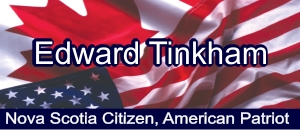 Edward Tinkham is my 5th-great grandfather on the Crosby side. He was born in Massachusetts and moved to Nova Scotia years before the American Revolution; even so, years later his loyalty and sympathies remained with Massachusetts and the United States.
Edward Tinkham is my 5th-great grandfather on the Crosby side. He was born in Massachusetts and moved to Nova Scotia years before the American Revolution; even so, years later his loyalty and sympathies remained with Massachusetts and the United States.
Edward Tinkham was born February 2, 1719/20 in Plymouth, Massachusetts. His ancestral line extends to the Mayflower through both of his parents. His father, John (1689-1739) was a descendant of Peter Brown and his mother, Anne Gray (1691-1730) was a descendant of James Chilton — both of whom were signers of the Mayflower Compact in 1620.
On September 29, 1743 Edward married Lydia Rider (1722-1807) in Plymouth. They made their home in Plymouth, where they remained in for the next 19 years. In 1762 Edward moved his family to Nova Scotia and settled on an island that was later named Tinkham’s Island. Edward was one of the earliest settlers of Yarmouth.
There is no record of Edward’s industry, however there are records that show he owned at least one Schooner and that he was well-off enough to have the boat Captained by another.
During the American Revolution Edward was sympathetic to the cause of the colonists. Like many living in Nova Scotia, Edward had still many friends and family members living in Massachusetts.
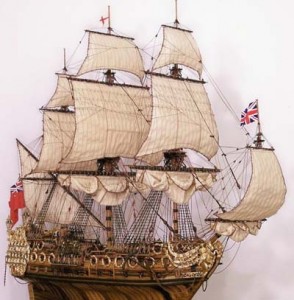
Nova Scotia, like Massachusetts, was a possession of England. Both sides viewed Nova Scotia as an asset, because of its nearness to the colonies. The British housed United States prisoners of war in Halifax aboard prison ships and in jails. The large number of prisoners, coupled with the poor design and manning of the prisons, led to many American soldiers, sailors and privateers escaping. However, being on an island the prisoners could only reach home by boat. British Men-of-War patrolled the waters of Nova Scotia and strangers were forbidden to be in port at Halifax for more than two hours without first reporting to authorities.
The Crown’s concern was not misplaced however. In 1775 the Continental Congress considered invading Nova Scotia and asked General George Washington for his opinion. Washington was opposed to such an invasion, partly because of the close family ties that colonists shared with Nova Scotia and partly because he hoped Nova Scotia would side with, or maybe even join, the United States. Washington did order that two spies be sent to Nova Scotia to learn how the war was being viewed by the inhabitants and to learn about British fortifications and encampments. The spies were able to reach the island, but could not traverse the waterways without a boat, and so returned home with little information.
In April 1778, Edward Tinkham petitioned the State of Massachusetts Bay. Below is a transcript of that petition.

Sans Standley, a resident of Massachusetts in 1778, but formerly of Nova Scotia, submitted an affidavit to the legislature to support Edward’s petition:
The Milford was a 32 gun Man-of-War that patrolled the waters from New England to Maryland. In November 1776, the Milford encountered the American warship Alfred near Nova Scotia. The Alfred, commanded by Captain John Paul Jones was substantially damaged and narrowly escaped. (It was three years later that John Paul Jones uttered his famous words, “I have not yet begun to fight!,” when it was suggested he should surrender.)
On April 17, 1778 the Massachusetts House of Representatives approved the following resolution:
Edward Tinkham, although a citizen of Nova Scotia, clearly sympathized with the United States during the Revolutionary War. He placed himself at great personal risk by helping repatriate escaped American prisoners of war. According to Standley’s affidavit, Edward was even openly “unsympathetic” to the British.
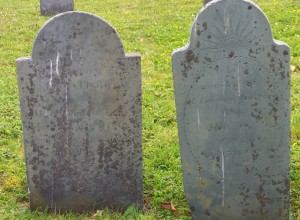
Edward died in Yarmouth on May 10, 1793, at age 72, and was buried in Chebogue Cemetery. His wife, Lydia, died May 1, 1807, at age 85, in Yarmouth and is buried in Chebogue Cemetery. Their headstones remain in good condition and are still legible after more than 200 years.
The Honor is His
Sons of the American Revolution (SAR)
Daughters of the American Revolution (DAR)
The discovery of the above documents means that Edward Tinkham is eligible for Patriot status in the SAR and DAR. Active military duty is not needed to qualify as a Patriot. Citizenship is not required either. All that is needed is proof that a person aided the United States in the Revolutionary War in some way. The transcripts, in my opinion, prove beyond any doubt that Edward actively assisted the United States during the war and, by doing so, risked being charged with treason.
Tomorrow (May 4, 2012) I will be submitting an application to SAR to prove my lineage from Edward. The step of proving my lineage is merely administrative, as I have already established my relation to him for the Mayflower Society. But applying to SAR does one more thing — it will establish Edward Tinkham as a Patriot and cause his name to be added to the SAR and DAR roles as such.
It is the least I can do for my 5th-great grandfather, who voluntarily put himself in harms way in a struggle that was not his. He was truly a Revolutionary.
My Lineage From Edward and Lydia (Rider) Tinkham is as follows:
Edward Tinkham > Seth Tinkham > Seth Tinkham > Benjamin Tinkham >
Sarah (Tinkham) Crosby > Roy Crosby > Maurice Crosby > Me
~~~~~~~~~~~~~~~~~~~~~~~~~~~~~~~~~~~~~~~~~~~~
Sources:
“A History of the County of Yarmouth, Nova Scotia”; Rev. J.R. Campbell; J & A McMillan Publishers, St. John, NB; 1876.
“Annals of Yarmouth and Barrington (Nova Scotia) in the Revolutionary War”; Edmund D. Poole; Herald Press, Yarmouth, NS; 1899.
“Alfred: The first continental flagship 1775-1778″; John J. McCusker; Smithsonian Institution Press, Washington DC; 1968.
“Old Marblehead Sea Captains and the Ships in Which They Sailed”; Benjamin Lindsey; Marblehead Historical Society, MA, 1915.
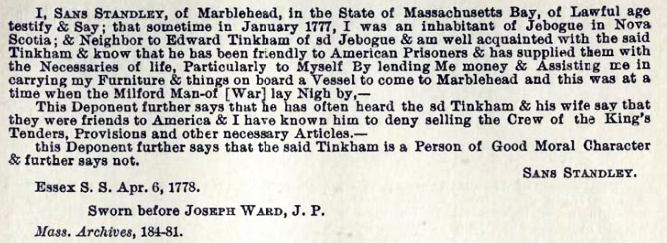

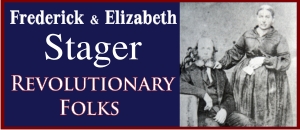

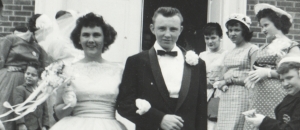

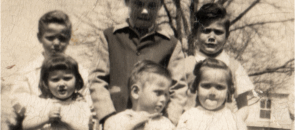
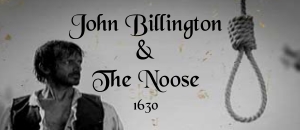
I happened upon this site while reflecting of my own father’s birthdate April 1, 1926 and death in November 2012. He was named in honor of his father’s best and dearest friend Edward Ilsley Tinkham from time they were boys in Upper Montclair, New Jersey through to Cornell University. Both were U.S. Army officers during WW1 with Edward Tinkham becoming highly recognized for his early and enthusiastic support of the French even before the United States had declared an official state of war. Edward Tinkham was a volunteer member of the French Ambulance Corps and recruited many Cornell classmates. (search Cornell, Tinkham) Sadly he died shortly after the war of a fatal illness while in Italy serving in the new Naval Aviator Corps. I have a strong suspicion of a Tinkham family link to your branch. Edward I. had a strong and patriotic service ethic. Perhaps you know of this branch. Best regards, E.B. Jones My linkage -Edward Benham Jones > Edward Tinkham Jones (also a naval aviator) > Henry Ware Jones Jr. (boyhood friend of Edward Ilsley Tinkham b. Radnor PA)
Hello. I am not familiar with this branch. The Tinkham name leaves my tree in 1784, when Sara Tinkham married John Crosby. For me, the Tinkhams were limited to Massachusetts and to Nova Scotia.